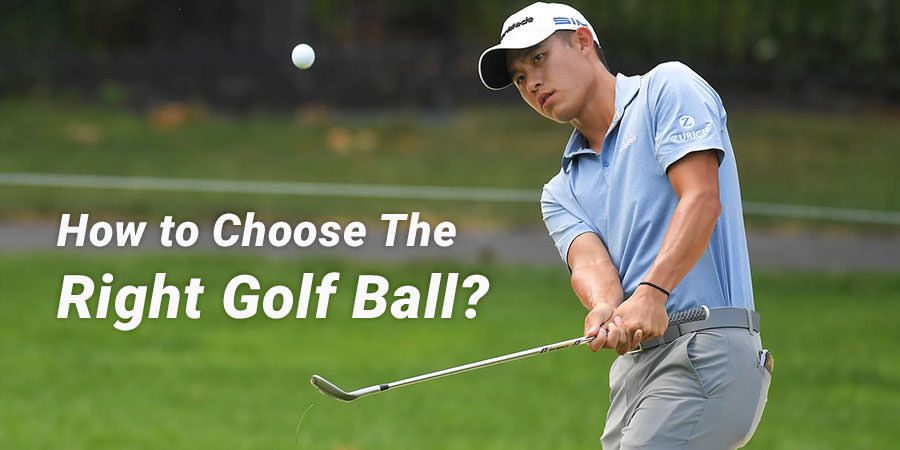Which golf ball suits your game?

When it comes to having the right equipment for a solid golf game, much of the time the attention is on clubs. Rightly so, because they're doing much of the job. But one small piece of the equation is not to be skipped. It is also necessary to know how to choose the correct golf ball. So, without wasting a second, let's quickly find out which ball suits your game.

Also known as distance balls, they're cheap, hard, durable, and perform best for slower swing speeds by maximizing distance. A two-piece ball’s large core, habitually made from solid synthetic rubber, generates fast ball speeds and low spin rates, which are the two most essential ingredients for extracting those crucial extra yards out on the course.
These, as considered, is not really just for beginners, but being the cheapest option they do suit beginners, who tend to lose many a ball. But on the other side, if you are a skilled golfer who generates crazy levels of spin, a two piecer can actually benefit your ball flight, particularly if the wind is blowing straight into you.

The multiplayer golf balls are like the smarter version that knows when to spin, depending on which club has hit them. Like, they become low-spin balls with the driver and long irons, to max out ball speed and distance. And when the shorter irons and wedges come out, they spin like a campaigning politician for increased grip and control on the greens.
They are more costly than two-piece distance balls, and are usually the choice for most golfers in the low to mid handicap range and are the balls professionals play on Tour.

Compression has a prominent influence on the overall feel of a ball, or how hard or soft it seems when it streams off the clubface at impact. While the ball’s cover is the other factor that determines feel, compression is an indication of much a ball deflects at impact.
Golf balls commonly lie in the 100 range for the highest compression golf ball, and 50 for the softest. High compression balls satisfy faster swingers who can compress the ball more through the sheer power of their golf swing, while players with slower swing speeds will acquire the maximum benefit from playing a low compression ball.

As said, compression has a huge role to play, and if you don't usually drive the ball a long way, choose a ball with an 80 compression value. These balls make it easier for slower swingers to compact the ball with the clubface on the downswing to get a greater reach.
If you are an average male or long-hitting female golfer, then consider a golf ball with a 90 compression rating. And if you are some of those players who can hit the ball approx 270 yards+ off the tee, then a golf ball with a 100 compression rating is perfect for you.
To be more specific, players with higher swing speeds will get more distance from a ball with higher compression ratings, and players with slower swing speeds will get better distance from a ball with lower compression ratings.

If you’re a beginner, start off cheap because it’s likely you’ll be losing a few balls along the journey. Two-piece balls will give satisfying distance and run and decrease the impacts of a hook or slice. If you are low to the mid handicapper, you’ll probably be more suited by a multilayer golf ball. But, the recommended option is to try various balls to decide which spin and compression combination you feel most beneficial, then only you'll get a true idea of which one is ideal for you after a couple of holes.






Please to comment on this post.